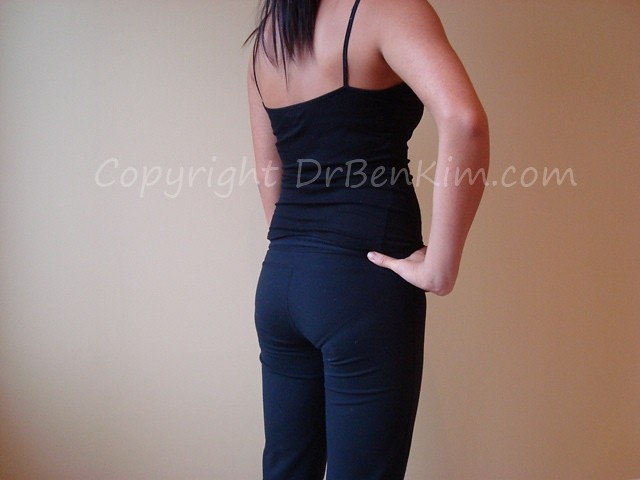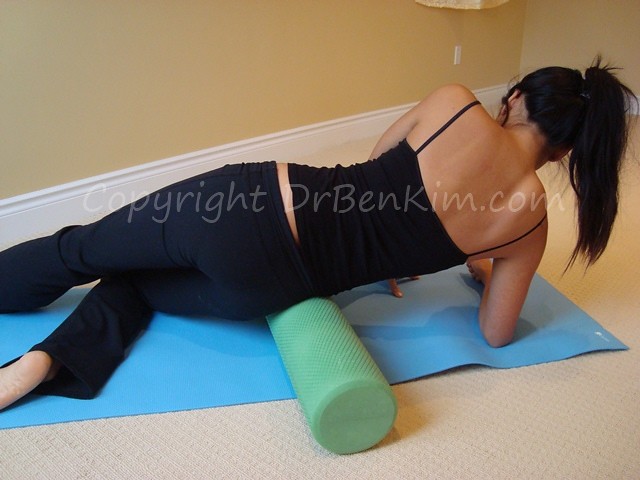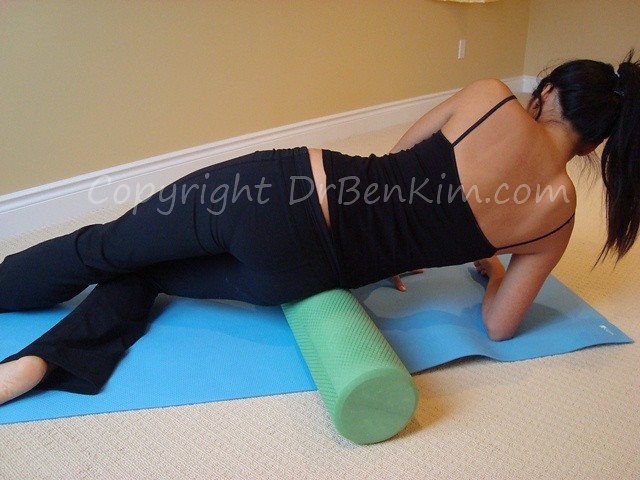You are here
How to Foam Roll Your Hip Abductors
 Your hip abductors are muscles that lie on the upper and outer portion of your buttocks. These muscles - called your gluteus medius and minimus - allow you to move your lower extremities out and away from your midline. They also allow you to rotate your legs inward so that the toes of one leg face your opposite leg.
Your hip abductors are muscles that lie on the upper and outer portion of your buttocks. These muscles - called your gluteus medius and minimus - allow you to move your lower extremities out and away from your midline. They also allow you to rotate your legs inward so that the toes of one leg face your opposite leg.
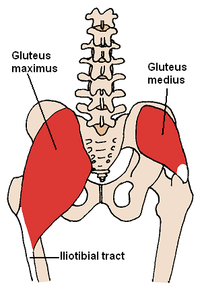
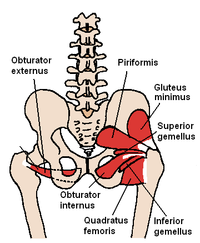
All of the muscles that surround your pelvis - including your hip abductors - are prone to tightening and weakening if they are not regularly stretched, so you stand to benefit from regular stretching of and pressure work in this region.
As mentioned in my post on how to stretch and massage your inner hip muscles, hip pain and stiffness are rarely the result of having one damaged tissue. Rather, because the hip joint requires numerous supporting ligaments, muscles, tendons, and other soft tissues to keep it stable and functional, hip pain and stiffness are often symptomatic of a host of imbalances in the surrounding tissues, including your hip abductors.
How to Keep your Hip Abductors Healthy with Foam Rolling
First, locate your hip abductors by palpating the upper and outer region of your buttocks. If you press into them with your thumb, you may feel some tenderness, as many people tend to be tight in this area. One way of confirming that you have found your hip abductors is to feel for muscle contraction while you internally rotate your leg on the side that you're palpating.
Here's a look at the approximate location of your hip abductors:
Lie on your side with your hip abductors pressed against a foam roller, and support the bulk of your body weight with your arms and legs.
Maintain steady breathing as you use your arms and legs to roll your hip abductors against the foam roller. The first time you try this, just a few passes back and forth will do. You can pause whenever you feel tight and tender points, and even increase the amount of weight that you apply to your contact point on the foam roller.
Foam rolling in this fashion is a highly effective way of lengthening tight hip abductors by improving fluid, nutrient, and waste exchange in the area. Foam rolling also promotes a healthy layer of fascia between your muscles and skin, which is important for allowing healthy movement of all of these specialized tissues, thereby decreasing risk of sprains and strains in this region.
Here's a short video clip that shows how to foam roll your hip abductors:
If you find that your hip abductor region is too sensitive for foam roller work, you can do the same thing with a jumbo tennis ball or a volleyball.
If you don't have a foam roller and are looking to invest in one that offers a blend of comfort, durability, and ideal density to provide therapeutic rolling of your muscles and ligaments, please feel free to have a look at the one that I had custom made for our clients here:
For a DVD that presents still photos and video clips that illustrate how to take your body through all of the major stretches and foam rolling exercises you can do to keep your body as healthy as your genetics will allow, have a look here:
Stretching and Foam Rolling DVD, by Sharon Lee and Dr. Ben Kim
Here is a link to a jumbo tennis ball that I recommend for rolling sensitive tissues:
If you take up foam rolling and haven't already viewed my previous posts on this topic, I recommend that you review them at the following pages:
How to Stretch and Massage Your Inner Hip Muscles
How to Keep Your Hip Flexors Healthy
How to Prevent and Treat Achilles Tendonitis
In coming weeks, I'll post more guidance on how to foam roll other areas of your body to help prevent injury and address existing health challenges. I really can't say enough about the health benefits of foam rolling. If you're interested in keeping your body as healthy as possible as you age, I highly recommend that you give it a try. But please always check with your personal physician before you get started.







